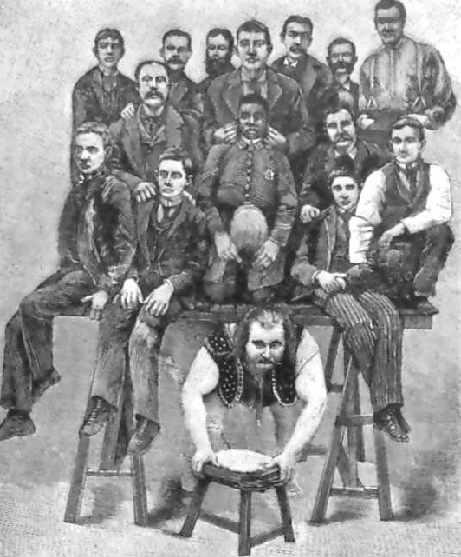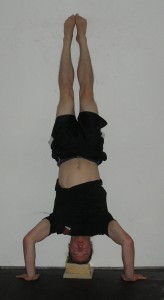Partials are any shortened range of motion lift. Whereas in a deadlift you’ll lift the weight off of the floor (though really a normal deadlift isn’t even a full range of motion), a partial deadlift may have you lift the weight from above or below the knees. Or there is what’s been called the hand and thigh lift or health lift, a very short range movement at the top to lockout.
Various degrees of rack pulls are great for strengthening the body in a different way than full range lifts. Read more about this 1000+ lb. lift here.
Partials can be done with virtually any exercise though the most common are done with basic full range exercises like deadlifts, squats, presses and the bench press. Of course, they’re very close to weight supports in this way. Whereas the aim with a support is to hold it, the movement, however brief, is the main component that differentiates the two.
Why would you want to do partials in your training? They allow you to lift heavier weights. This has several benefits. It overloads you body to a point where your previous max (in the full range lift) may feel light. For various sports and athletic activities most movements are partial movements. Think about a punch. Although the hips are heavily involved you don’t drop into a full squat before throwing the punch.
Paul Anderson was a big proponent of partials.

And the modern day man who has done more with partials likely than anyone else alive, Bud Jeffries, is also responsible for me getting into them. In this video he gives a great overview of how to do partials training.
Partials also tend to be quite safe despite the large load. Of course, you’ll want to work into them slowly.
When done for show you’ll typically be lifting things other than weights, just because a big stack of weights doesn’t come across well to non-lifters.

The Back Lift as performed by Louis Cyr is another partial movement
I cover partials a lot more inside Deceptive Strength and Strengthen Your Structure. Partials won’t build showy muscles so they’re a part of being strong without necessarily showing it. And that is because they build structural strength which includes your bones, tendons, ligaments and joints.
Partials aren’t always about making things harder though. When you can’t do a full range of motion, partials can be used to make it easier. For example, they can also be used in bodyweight exercises, like in handstand pushups.

A shorter partial range of motion for the handstand pushup
